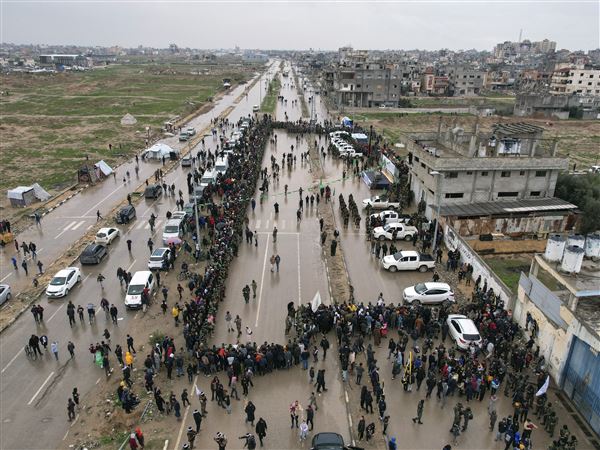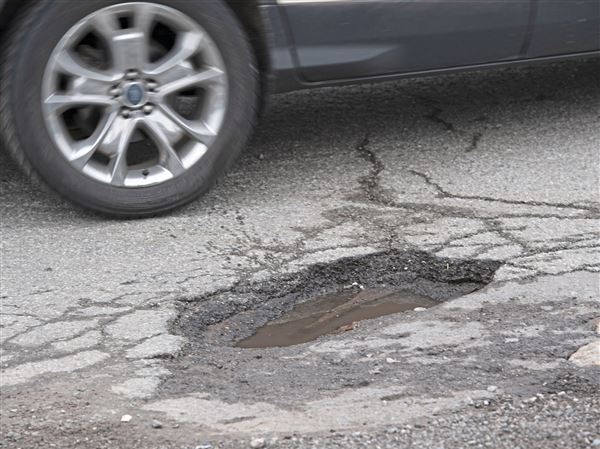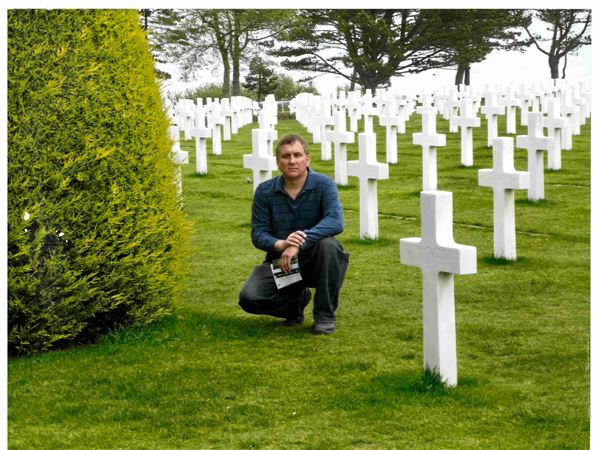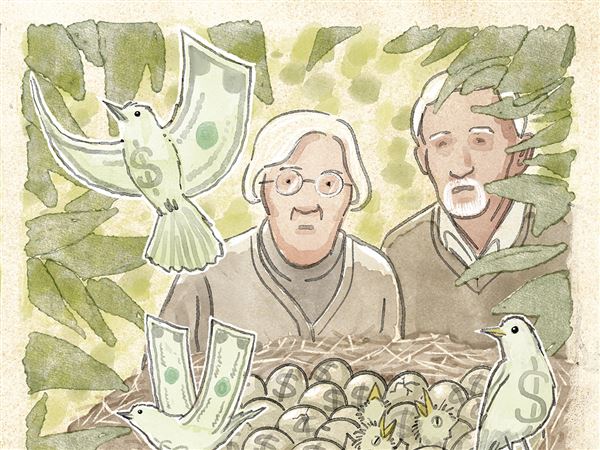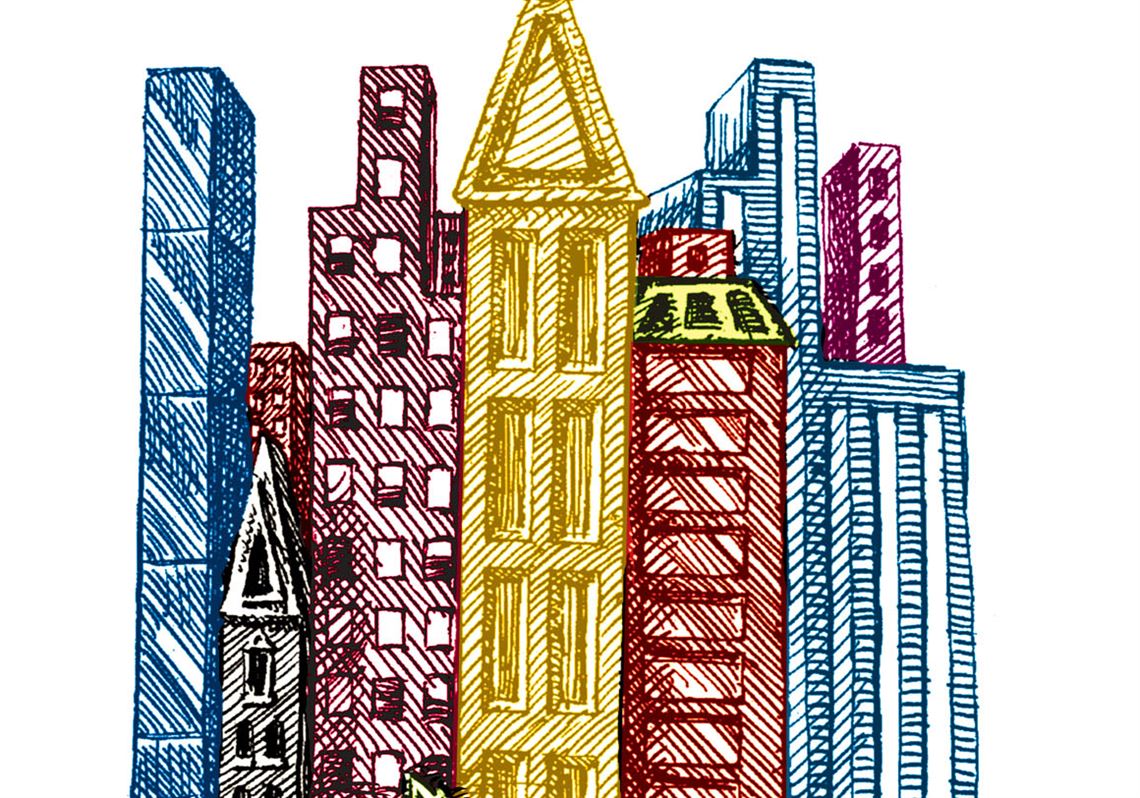Pittsburgh has the only LEED Platinum-certified convention center in the world. The first LEED Gold-certified sports venue in the nation. The largest LEED Silver-certified museum in the country.
LEED, or Leadership in Energy and Environmental Design, is a U.S. Green Building Council metric that measures the sustainability of a building’s design, construction, operations and maintenance in terms of energy, water and resource use; waste and emissions reduction; indoor environmental quality; and innovative approaches to the development process. And by that benchmark, Pittsburgh is an impressively green city, a leader for the rest of the country in so many ways.
Pittsburgh has proved it’s ready to take on the challenge of environmental responsibility and climate change in meaningful, long-lasting ways. It has transformed the buildings that we rely on every day to use energy and water in smart, ecologically sensible ways that will help us preserve the planet for generations. But there’s one type of building that Pittsburgh has yet to make green, and it’s an important one: schools.
Our nation’s schools are in terrible shape. Across all 50 states — Pennsylvania included — students are going to schools that are in dire need of repair and are failing to create healthy and safe environments for our kids and the teachers and administrators who support them.
The dichotomy of Pittsburgh — green public buildings but deteriorating schools — is emblematic of the challenge facing the nation. And it’s why the U.S. Green Building Council is holding its Green Schools Conference here next week. Everyone in Pittsburgh is welcome to the discussion: those who care about sustainability, those who care about schools and those who just want to advance Pittsburgh’s growing reputation as one of the nation’s leading green cities.
The conference will focus on the national conversation we need to have about the way we fund school construction and maintenance. The council’s 2016 “State of Our Schools” report, an in-depth state-by-state analysis of our country’s investment in school infrastructure, has found our funding structure inherently and persistently inequitable. Millions of students around the country are learning in dilapidated, obsolete and unhealthy facilities that are obstacles to their learning and well-being.
Pennsylvania state government contributes only 15 percent of school districts’ total spending on school construction and facility upkeep. Every school district is expected to make up the difference for their students — and not every district has the same amount of money to spend. In fact, according to the Education Law Center, poor public schools in this state spend, on average, $3,000 less per student than wealthy schools. It’s not by choice. It’s a matter of unequal resources.
With the school-district budgets so overstretched, it’s understandable that things slip through the cracks. But our schools are too important to put on the back burner. Research shows that poor school construction affects our children’s vision, concentration and even their breathing. Half of our nation’s schools have problems with indoor air quality, a deficiency which plays a huge role in the 14 million days of school a year that American students miss annually due to asthma.
Making schools healthier isn’t just a matter of supporting Pittsburgh’s admirable legacy of sustainable building. It’s about providing a healthy, safe environment for our children and ensuring that they are the recipients of a 21st-century education.
This is why we are bringing to Pittsburgh thought leaders and champions of green schools, including educators, school administrators, nonprofit and corporate partners and elected officials, to advance their shared vision of healthy spaces and efficient schools for all children within this generation. We’ll talk about sustainable food, practical strategies for reducing water and waste, turning our children’s natural empathy for the environment into action and how to change our schools for the better.
Pittsburgh’s story is built on the idea of coming together, like the three great rivers that converge here. But we all have to come to the table — or, in this case, the classroom. The Green Schools Conference is a chance for us to learn from each other and build a better future for our kids, one that’s healthy, safe and sustainable.
Rick Fedrizzi is CEO of the U.S. Green Building Council and keynote speaker at the 2016 Green Schools Conference, which will be held at the David L. Lawrence Convention Center, Downtown, March 31-April 1 (greenschoolsconference.org).
First Published: March 24, 2016, 4:00 a.m.

